Exploring DC Air Conditioners
DC air conditioners, also known as dc powered air conditioner units, are becoming increasingly popular for their energy efficiency and design versatility. These systems operate on direct current (DC) and are an ideal choice for cooling spaces in both residential and commercial settings without the need for extensive ductwork.
Types and Applications
DC aircon units come in various types, including the ductless mini-split systems, which are perfect for individual rooms, and larger dc air conditioning unit models designed for more spacious areas. Their application ranges from single-room solutions to comprehensive systems that cater to multi-room environments, making them suitable for a variety of customer needs.
Features and Advantages
The dc ac unit boasts operational efficiency, with features like the dc inverter ac technology, which allows for variable compressor speeds, reducing energy consumption and improving temperature control. Additionally, the absence of ducts in systems like the 12 volt dc air conditioner reduces energy losses and installation complexity.
Materials and Sustainability
Constructed with durability in mind, DC air conditioners often incorporate materials that enhance longevity and performance. The aircon dc inverter models, for example, use advanced components that not only contribute to cooling efficiency but also support sustainability through reduced energy usage.
Design Flexibility
The design flexibility of dc air con systems is a significant advantage. Without the need for ductwork, these units can be installed in various locations, offering architects and homeowners creative freedom in integrating air conditioning into their designs.
Energy Efficiency
Energy efficiency is a hallmark of the dc inverter air conditioner. By adapting to the cooling demands of the space, these units use only the necessary amount of energy, leading to potential cost savings on electricity without compromising on performance.




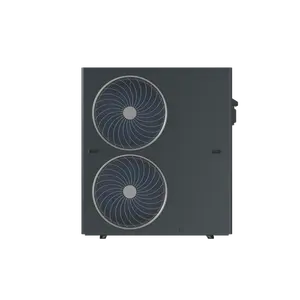







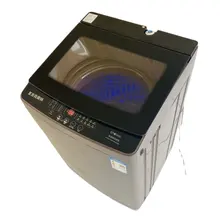
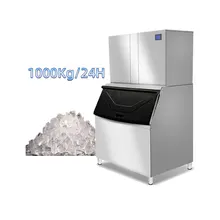
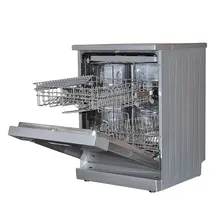

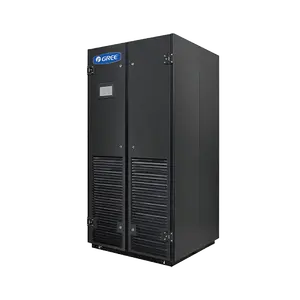

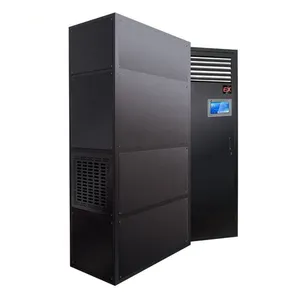






















 浙公网安备 33010002000092号
浙公网安备 33010002000092号 浙B2-20120091-4
浙B2-20120091-4